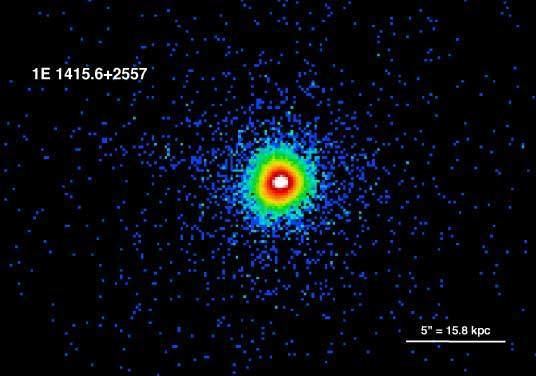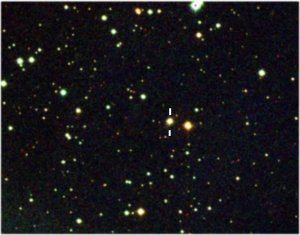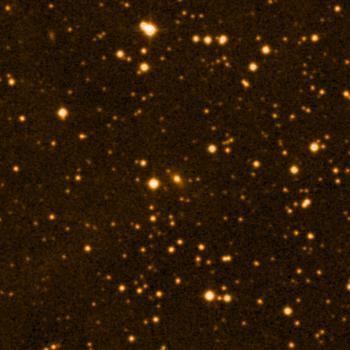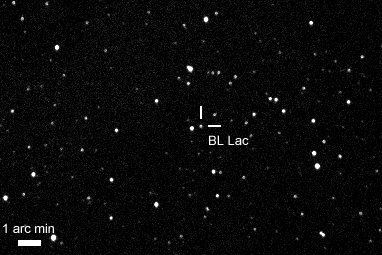Right ascension 22 02 43.3 Redshift 0.07 Type BL Lac Discovered 1929 | Declination +42° 16′ 40″ Distance 0.9 Gly (0.276 Gpc) Apparent magnitude (V) var. ~14 to ~17 | |
Similar Markarian 421, Markarian 501, PKS 2155‑304, OJ 287, 3C 279 | ||
BL Lacertae or BL Lac is a highly variable, extragalactic AGN (active galactic nucleus or active galaxy). It was first discovered by Cuno Hoffmeister in 1929, but was originally thought to be an irregular variable star in the Milky Way galaxy and so was given a variable star designation. In 1968, the "star" was identified by John Schmitt at the David Dunlap Observatory as a bright, variable radio source. A faint trace of a host galaxy was also found. In 1974, Oke and Gunn measured the redshift of BL Lacertae as z = 0.07, corresponding to a recession velocity of 21,000 km/s with respect to the Milky Way. The redshift figure implies that the object lies at a distance of 900 million light years.

BL Lacertae is the original member of a type of blazar known as "BL Lacertae objects"; also termed simply "BL Lac objects". This class is distinguished by optical spectra devoid of the broad emission lines characteristic of quasars. On occasion, however, BL Lacertae has been observed to display weak emission lines.

BL Lacertae changes in apparent magnitude over fairly small time periods between values of 14 and 17. Its location in the sky for epoch 2000.0 is at RA 22h 02m 43.3s, DEC +42° 16′ 40″.



